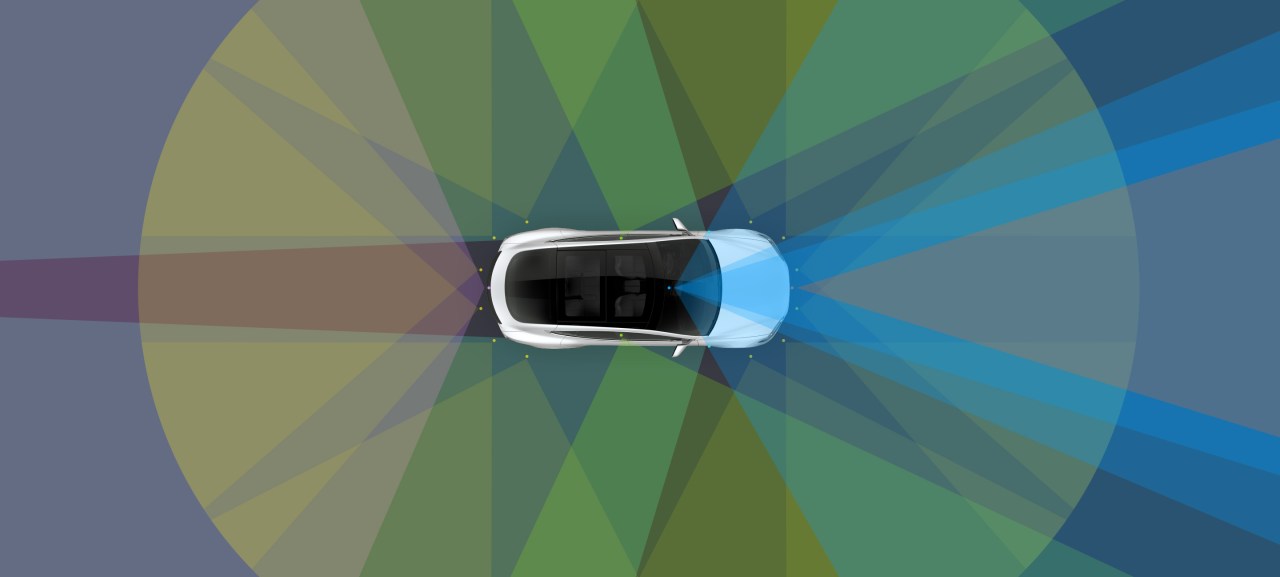In a world where autonomous driving technology is rapidly advancing, the discussions around the best sensor suites to facilitate self-driving capabilities have never been more fervent. One voice at the forefront of this dialogue is Elon Musk, the CEO of Tesla, who has adamantly opposed the use of LiDAR in favor of a sophisticated optical recognition system. This bold stance has not only generated significant debate within the tech community but also raised questions about the future of self-driving vehicles. Let’s explore Musk’s philosophy, its implications, and how it contrasts with conventional wisdom in the industry.
Breaking Down Musk’s Position on LiDAR
At the core of Musk’s argument is the belief that achieving full autonomy hinges on mastering passive optical image recognition rather than resorting to LiDAR technology. When speaking during a Tesla earnings call, Musk articulated his view that “we must solve passive optical image recognition extremely well” in order to navigate any environment or conditions. He posited that if this challenge is overcome, the need for LiDAR becomes obsolete. Musk refers to LiDAR as a “crutch” that could potentially limit innovation in the long run.
The Argument for Passive Sensing
Musk’s perspective is not entirely off the mark. Human drivers, the epitome of effective navigation, rely primarily on visual cues to make driving decisions. While they do utilize integrated sensory input—such as sound and motion—visual observation remains paramount. Musk points out that equipping vehicles with advanced visual processing algorithms and machine learning could replicate, and perhaps even improve upon, the ways humans comprehend complex driving situations.
- Cognitive Load Management: Unlike LiDAR, which outputs a dense cloud of data that can be overwhelming for systems to process in real-time, advanced computer vision techniques can streamline information, allowing for faster and more efficient decision-making.
- Adaptive Learning: Machine learning models can evolve with changes in the environment, potentially enabling vehicles to adapt to diverse situations beyond those they were specifically trained for.
- Cost Implications: By eliminating LiDAR from the equation, Tesla may slash production costs significantly. Musk has described LiDAR as “expensive, ugly and unnecessary,” advocating instead for a more economically viable approach.
The Counterarguments: Where LiDAR Holds Its Ground
Despite Musk’s fervent dismissals, this does not mean the argument for LiDAR is without merit. Numerous experts, including some who once worked at Tesla, argue that relying solely on passive optical perception might not be sufficient for achieving true autonomy, especially in adverse weather conditions or complex urban environments.
- Environmental Challenges: LiDAR devices can measure distances with precision and operate in challenging weather conditions, such as fog, rain, and darkness, where optical systems may falter.
- Redundancy and Safety: Many experts advocate for a multi-sensor approach that includes redundant systems like LiDAR to bolster safety and reliability in autonomous systems.
- Technical Maturity: Despite its costs, LiDAR technology has made significant advances, and many believe that improvements in cost efficiency and size will make it more viable for mass-market applications in the near future.
Looking Ahead: Can Musk’s Vision Come to Fruition?
The world awaits to see how Musk’s gamble pays off. His unwavering confidence in Tesla’s strategy stems not only from a visionary mindset but also from an understanding of automotive engineering and AI. While there’s no denying the brilliance behind Musk’s thesis, it remains to be seen whether Tesla can successfully navigate the bottlenecks of complex environments without LiDAR’s assistance.
Conclusion: An Ongoing Debate
The debate surrounding LiDAR usage in autonomous driving technologies raises intriguing questions about the future direction of the industry. Musk’s bold strategy continues to provoke discussion, highlighting the need for different viewpoints and innovations in tackling the challenges of self-driving technology. As experts on both sides of the argument present their findings, one thing is clear: the journey towards true autonomy will be paved with diverse methodologies and relentless experimentation.
At fxis.ai, we believe that such advancements are crucial for the future of AI, as they enable more comprehensive and effective solutions. Our team is continually exploring new methodologies to push the envelope in artificial intelligence, ensuring that our clients benefit from the latest technological innovations. For more insights, updates, or to collaborate on AI development projects, stay connected with fxis.ai.

